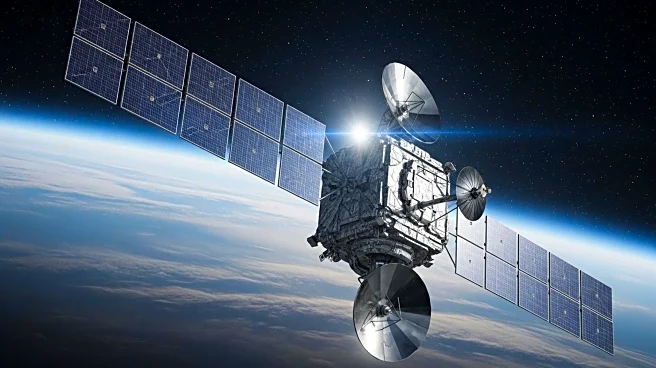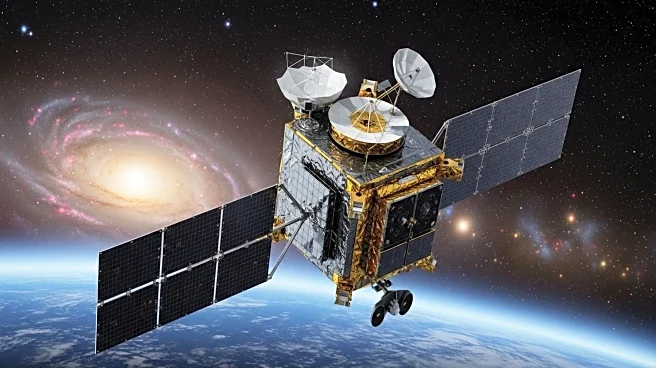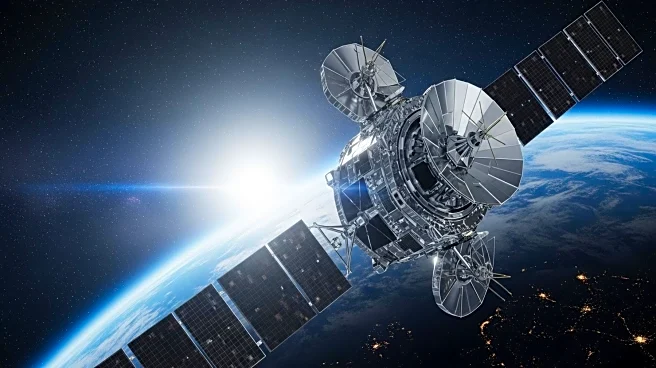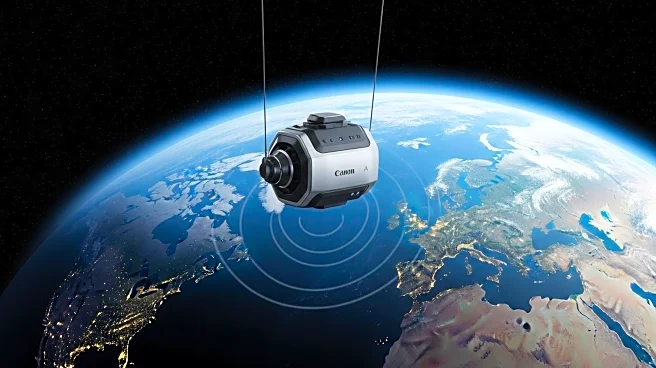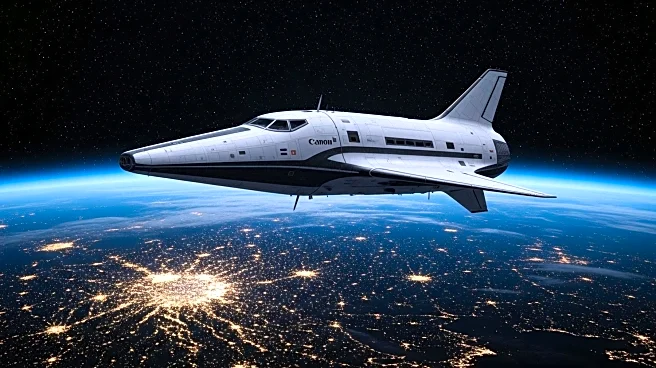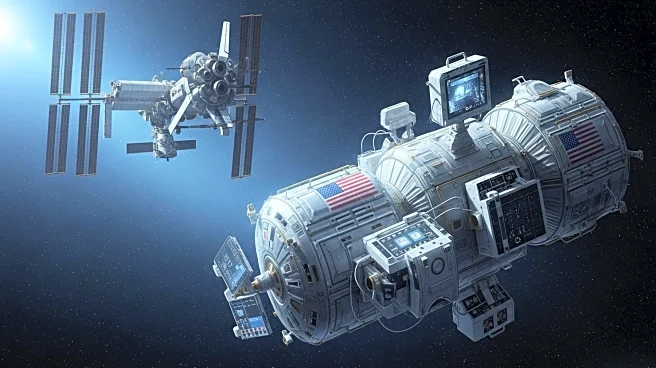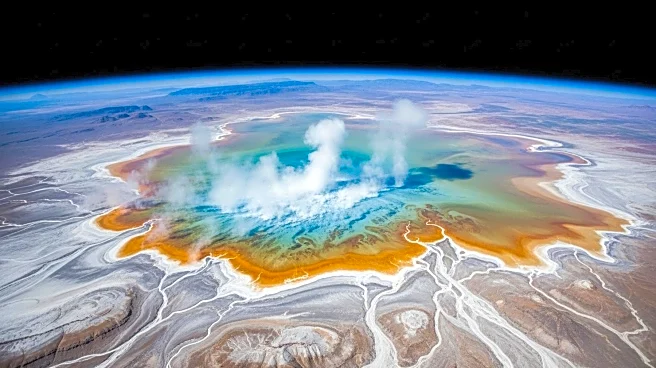What's Happening?
The NISAR satellite, a collaborative project between NASA and the Indian Space Research Organisation (ISRO), has successfully completed all system checks and is on track to commence scientific operations this fall. Launched on July 30, the satellite features two radar systems, L-band and S-band, which will provide detailed observations of Earth's ice and land surfaces. The mission team has initiated the process of elevating the satellite to its operational orbit, with full science operations expected to start approximately 90 days post-launch. The satellite's radar systems are designed to penetrate forest canopies and measure various environmental factors, including soil moisture and forest biomass, while also monitoring changes in Earth's surface related to natural events like earthquakes and volcanic eruptions.
Why It's Important?
The NISAR mission represents a significant advancement in Earth observation technology, offering unprecedented detail in tracking environmental changes. This collaboration between NASA and ISRO underscores the potential of international partnerships in scientific innovation. The data collected by NISAR will be crucial for understanding and responding to natural disasters, aiding in the management of resources and infrastructure. By monitoring Earth's surface movements, the mission can provide valuable insights into the dynamics of climate change and its impact on ecosystems and human activities. Stakeholders in environmental science, disaster management, and policy-making stand to benefit from the comprehensive data provided by this mission.
What's Next?
As the satellite begins its scientific operations, stakeholders can anticipate the release of high-quality radar images in the coming weeks. These images will be instrumental in various research and practical applications, including climate studies and disaster preparedness. The ongoing collaboration between NASA and ISRO may pave the way for future joint missions, enhancing global scientific capabilities. Researchers and policymakers will likely focus on integrating NISAR's data into existing frameworks to improve environmental monitoring and response strategies.
Beyond the Headlines
The NISAR mission highlights the ethical and cultural dimensions of international scientific cooperation. By pooling resources and expertise, NASA and ISRO demonstrate a commitment to addressing global challenges through shared knowledge and technology. This partnership may inspire similar collaborations across other scientific fields, fostering a culture of unity and innovation. The mission also raises questions about the long-term implications of advanced Earth observation technologies on privacy and data security, prompting discussions on responsible data management.
